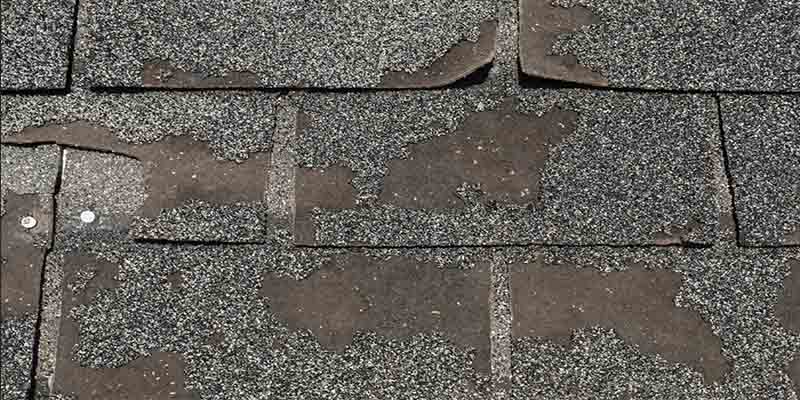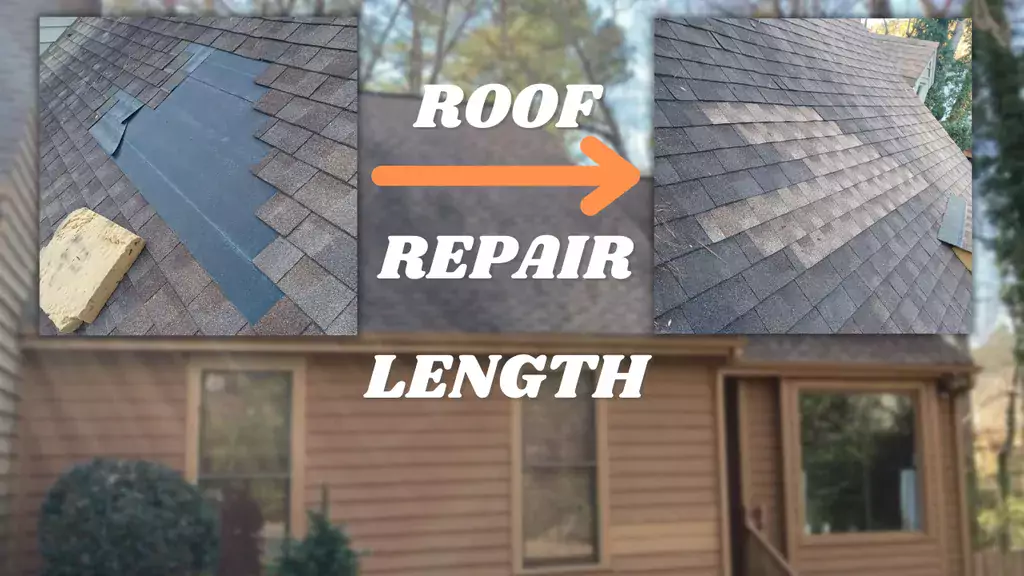Understanding the Different Types of Roofings: A Comprehensive Overview for Homeowners
With a range of options-- varying from the standard gable to the contemporary level-- each type presents one-of-a-kind advantages and obstacles that should align with the property owner's certain requirements and environmental factors to consider. As we check out the details of different roof kinds, it becomes noticeable that one size does not fit all; the appropriate option might amaze you.
Gable Roofs
Saddleback roofs, characterized by their triangular form, are among one of the most preferred roof designs due to their simpleness and effectiveness in dropping water and snow. This layout features 2 sloping sides that meet at a ridge, enabling reliable drainage and lessening the risk of water build-up. The high pitch commonly connected with saddleback roofs enhances their capability to take care of hefty precipitation, making them appropriate for numerous environments.
Along with their useful advantages, gable roofs provide visual convenience. They can be adapted to various architectural designs, from typical to modern-day homes. The design can likewise fit added attributes such as dormer windows, which improve all-natural light and air flow in the attic room room.
Moreover, saddleback roofs offer adequate area for insulation, adding to power performance. Property owners can select from a range of roof covering products, consisting of asphalt tiles, metal, and floor tiles, further enhancing customization choices.
In spite of their benefits, saddleback roofs may require extra assistance in locations vulnerable to high winds or heavy snowfall. In general, the gable roofing continues to be a favored choice as a result of its mix of capability, sturdiness, and visual appeal.
Apartment Roofs
Level roofings are typically recognized for their minimalist layout and sensible applications, especially in industrial and business setups (oahu roofing). These roofings feature a virtually horizontal or horizontal surface area, which allows for very easy building and construction and functional area utilization. While they may lack the visual appeal of angled roofs, level roofing systems use various advantages, specifically in urban settings where optimizing area is essential
Among the main advantages of level roofs is their ease of access. Property owners can utilize the roof room for numerous objectives, such as roof gardens, terraces, or solar panel installations. Additionally, level roofs are usually more affordable to set up and keep contrasted to their sloped counterparts, as they require fewer products and labor.
Typical products made use of for flat roof coverings include built-up roof covering (BUR), modified asphalt, and single-ply membrane layers, each offering unique benefits. Generally, level roof coverings serve as a adaptable and functional selection for lots of home owners and organizations alike.
Hip Roof Coverings
Hip roofing systems are defined by their sloped sides that merge on top, forming a ridge. This layout is distinctive from saddleback roofs, as all 4 sides of a hip roof slope downwards towards the walls, offering an extra secure framework. The angle of the inclines can vary, permitting for adaptability in building aesthetic appeals and functionality.
One of the primary benefits of hip roof coverings is their ability to stand up to hefty winds and negative weather. The sloped article source surface areas allow better water drainage, minimizing the risk of leaks and water damage. Furthermore, hip roof coverings offer enhanced attic room, which can be used for storage or also transformed right into habitable areas.
Nevertheless, building a hip roofing can be much more costly and complex than less complex roofing system types, such as gable roofing systems. The additional product and labor involved in creating the inclines and ensuring proper architectural stability can result in higher expenses. In spite of these disadvantages, lots of property owners prefer hip roofing systems for their sturdiness, visual allure, and capacity for power efficiency.
Mansard Roofings
Mansard roofing systems, frequently acknowledged by their distinct four-sided design, attribute two inclines on each side, with the reduced slope being steeper than the top. This architectural style, stemming from France in the 17th century, is not only cosmetically enticing however functional, as it makes best use of the useful area in the top floorings of a structure. The high reduced slope permits even more headroom, making it an excellent selection for attic rooms or lofts, which can be converted right into living areas.
Mansard roof coverings are identified by their flexibility, fitting various building designs, from traditional to modern-day. They can be constructed with various materials, consisting of asphalt tiles, slate, or metal, providing home owners with a variety of options to suit their budget plans and preferences. Furthermore, the style enables for the integration of dormer windows, enhancing all-natural light and air flow in the top levels.
Nevertheless, navigate to these guys it is necessary to think about the prospective drawbacks. Mansard roofs might need more maintenance as a result of the go now intricacy of their style, and their steep inclines can be testing for snow and rain runoff. Overall, mansard roof coverings incorporate sophistication with functionality, making them a popular selection amongst property owners seeking distinct architectural features.
Lost Roof Coverings
As house owners increasingly look for simplicity and functionality in their building designs, dropped roofing systems have actually become a preferred choice. Identified by a solitary sloping plane, a shed roof covering provides a minimalist visual that complements numerous home styles, from modern to rustic.
One of the key advantages of a shed roofing is its uncomplicated building, which often equates to decrease labor and material costs. This layout permits effective water drain, reducing the danger of leakages and water damages. Additionally, the vertical slope supplies enough space for skylights, improving all-natural light within the inside.
Lost roofing systems likewise use versatility in terms of usage. They can be successfully incorporated right into enhancements, garages, or exterior structures like sheds and pavilions. Additionally, this roofing design can suit numerous roof covering materials, including metal, asphalt shingles, or even green roofing systems, lining up with green campaigns.
However, it is important to think about regional climate problems, as hefty snow lots might require modifications to the roofing's angle or structure. In general, dropped roofing systems present a practical and aesthetically pleasing alternative for homeowners looking to make the most of functionality without compromising design.
Verdict


Gable roofings, characterized by their triangular shape, are amongst the most preferred roofing designs due to their simpleness and effectiveness in dropping water and snow. oahu roofing. The high pitch commonly connected with gable roof coverings enhances their capability to manage hefty precipitation, making them suitable for different environments
While they might lack the aesthetic charm of pitched roof coverings, level roofs use countless advantages, especially in metropolitan atmospheres where maximizing space is vital.

Comments on “Roofing Companies Oahu: Trusted Experts for Your Roofing Demands”